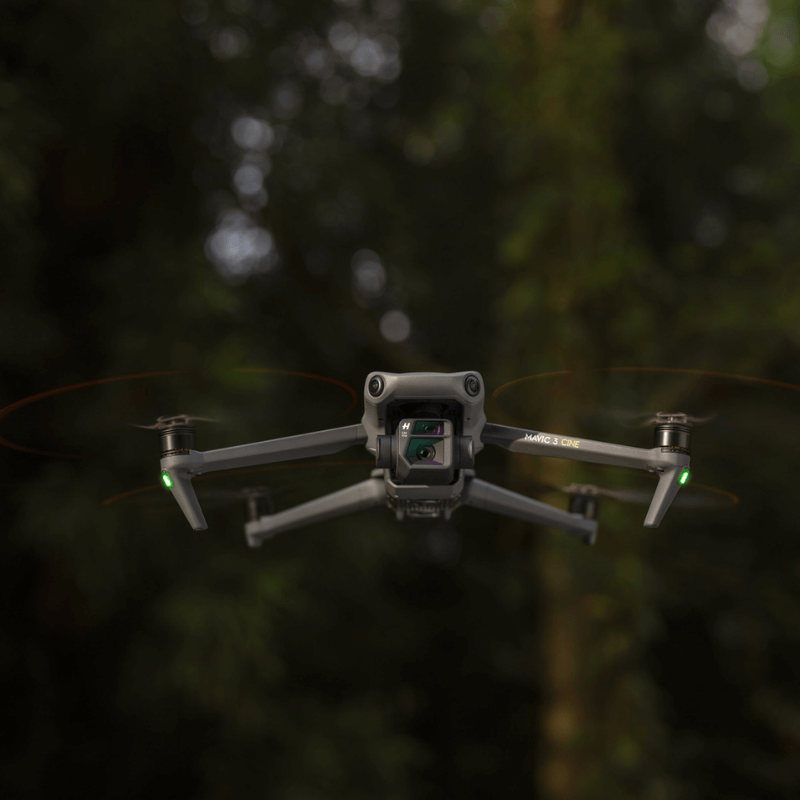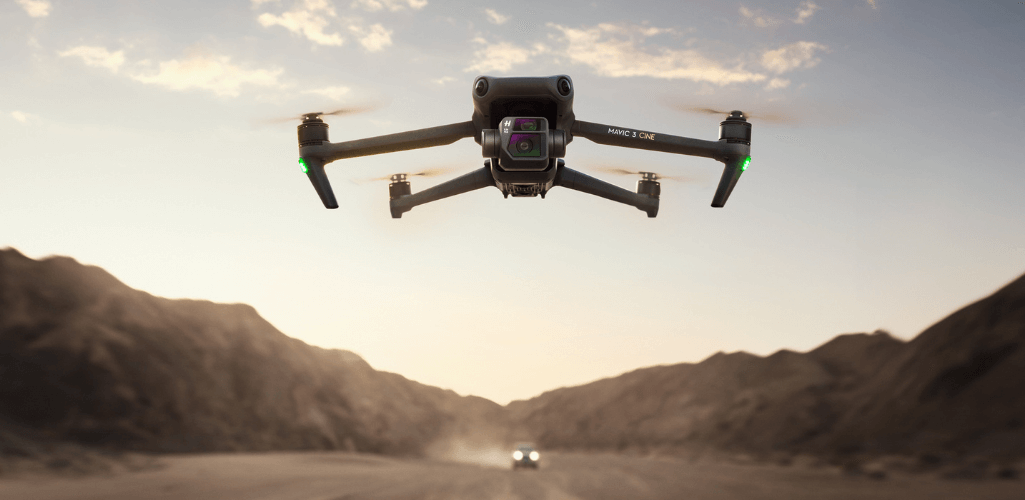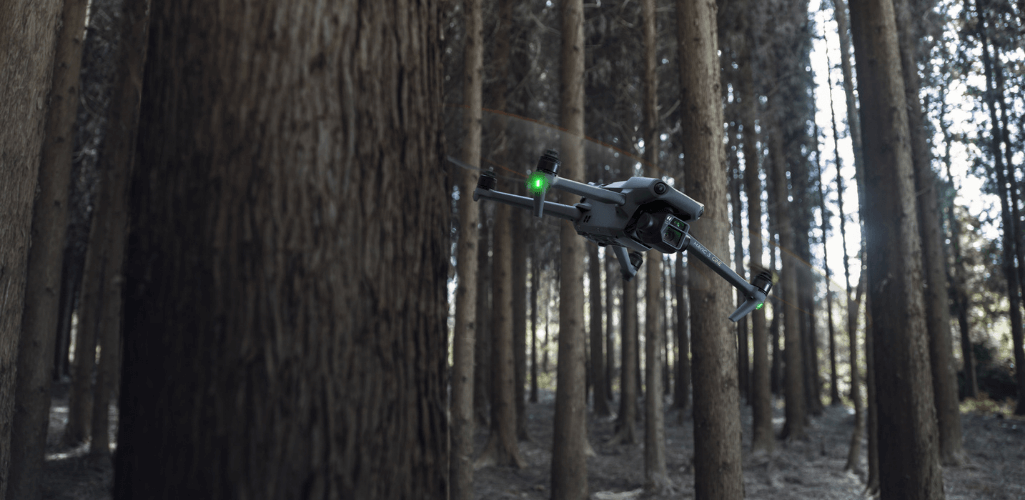
News
Mavic 3 Drone Class Marking: DJI Official Statement
The Mavic 3 has been released with no class marking, but DJI insists the issue is of 'the utmost importance' and hopes to 'resolve it as quickly as possible'. Find out what this means and where you can fly in the UK. ... Read More

UPDATE August 2022: Mavic 3 Receives C1 Class Marking in Europe
Mavic 3 does not currently have a class marking in the UK;
UK CAA does not have the necessary infrastructure in place to
DJI says drone class marking for current and future drones is of utmost importance and is seeking a quick resolution;
Find out what this means and where you can fly the Mavic 3.
The DJI Mavic 3 was been released with no class marking, but DJI insists the issue is of 'the utmost importance' and hopes to 'resolve it as quickly as possible'.
Rumours were circulating as to whether or not the Mavic 3 would be the first class-rated drone, as part of new drone regulations in the UK and throughout Europe.
Pre-launch leaks of its design fuelled talk of the aircraft receiving a class-marking, such as a C1 marking (no intentional flights over involved people) for the A1 subcategory or a C2 marking (no closer than 30m horizontally from uninvolved people or 5 metres in low-speed mode) for the A2 subcategory of the Open Category.

However, no such label has been forthcoming and DJI has moved quickly to address this issue.
In an official statement to heliguy™, DJI insisted that its hands are currently tied as no drone class identification standards have been finalised, but has vowed to resolve the matter as quickly as it can.
DJI's approach not only relates to the Mavic 3, but to other current and future aircraft.
The spokesman for DJI said: "The standards for drone class identification labels have not been finalised yet.
"As of today, the notified bodies that are necessary to provide class identification labels have not yet been appointed by authorities in any EU state. Therefore, we refrain from speculating what kind of class identification label might apply to current or future DJI products.

"DJI participates in advising on the standards and is working with potential notified body candidates, and we will be working on assuring compliance for relevant products accordingly.
"We are aware that the current situation has led to many uncertainties amongst users when it comes to compliance of DJI drones with the new European Drone Regulations and class identification labels.
"Rest assured this issue is of the utmost importance to us, and we hope to resolve it as quickly as is feasibly possible."
What Does The Current Situation Mean?
Presently, the absence of a class marking doesn't have any immediate bearing for drone operators of the Mavic 3. Indeed, the current situation is very much 'as you were'.
Weighing in at just under 900g, the drone can currently be flown in the Open Category's A2 subcategory (currently permits flights up to 50m horizontally from uninvolved people for non-class-marked drones) - providing the Remote Pilot has an A2 Certificate of Competency (A2 CofC).

For those who do not have an A2 CofC and are flying in the Open Category, the Mavic 3 must be operated in the A3 subcategory, which is more limited in its scope. This stipulates that there must be no uninvolved people present within the area of flight, and there must be no flight within 150m horizontally of residential, commercial, industrial or recreational areas.
These are the rules for now, however, drones with no class mark could impact Open Category operators come the end of 2022.
As of the start of 2023, the so-called Transitional Period finishes, and non-class-marked drones, such as the Mavic 3 as it is currently, will be limited to the A3 subcategory.
Remember, though, DJI is actively exploring class marking, including the possibility of retrospective class marking. You can read more about it, here.

If they are successful, then there's every chance that the Mavic 3 will receive this retrospective labelling, and could therefore continue to be flown with more freedom than the A3 subcategory, come 2023.
But, this is class-mark dependent, and so is very much up in the air.
However, it is also worth noting that the Mavic 3 is aimed at professional filmmakers, as well as semi-professional content creators. Many of these users will be holders of a General Visual Line of Sight (GVC) certificate and have an Operational Authorisation to fly in the Specific Category.
For the record, the Specific Category covers operations that present a greater risk than that of the Open category, or where one or more elements of the operation fall outside the boundaries of the Open category.
The good news is that class markings, or rather a lack of them, have no bearing on Specific Category operations, meaning that drones like the Mavic 3 can be operated in the same way come January 2023 as they can be today.
For more details about UK drone laws, read our in-depth blog.
To find out more about the Mavic 3, read our full review blog and also our comparison article with the Mavic 2 Pro.
